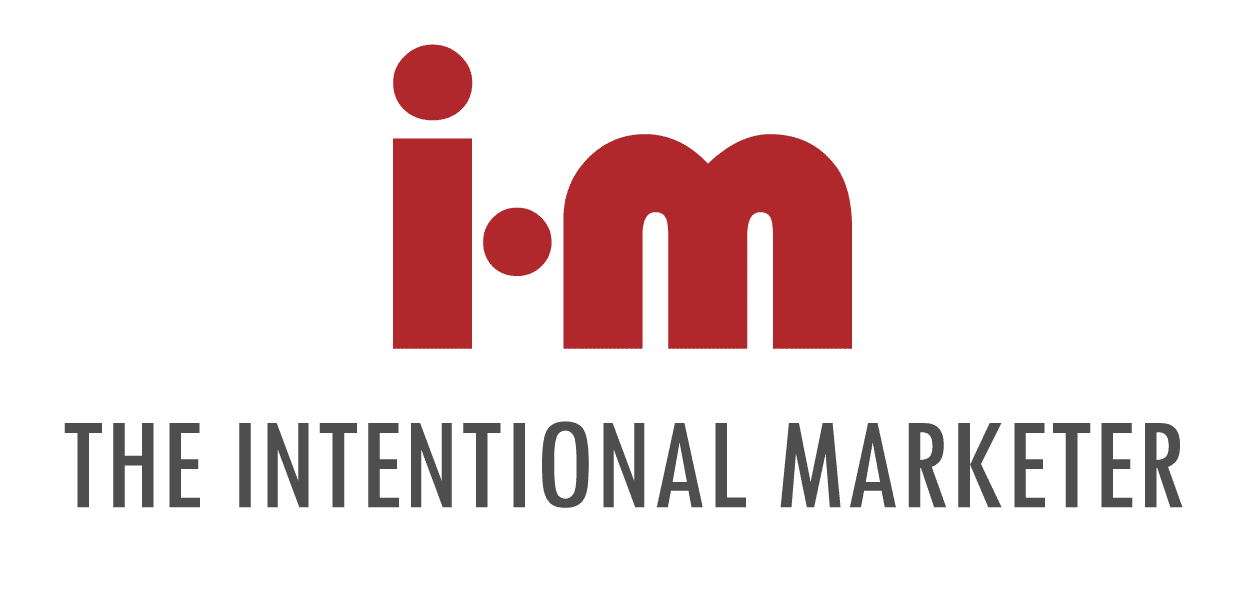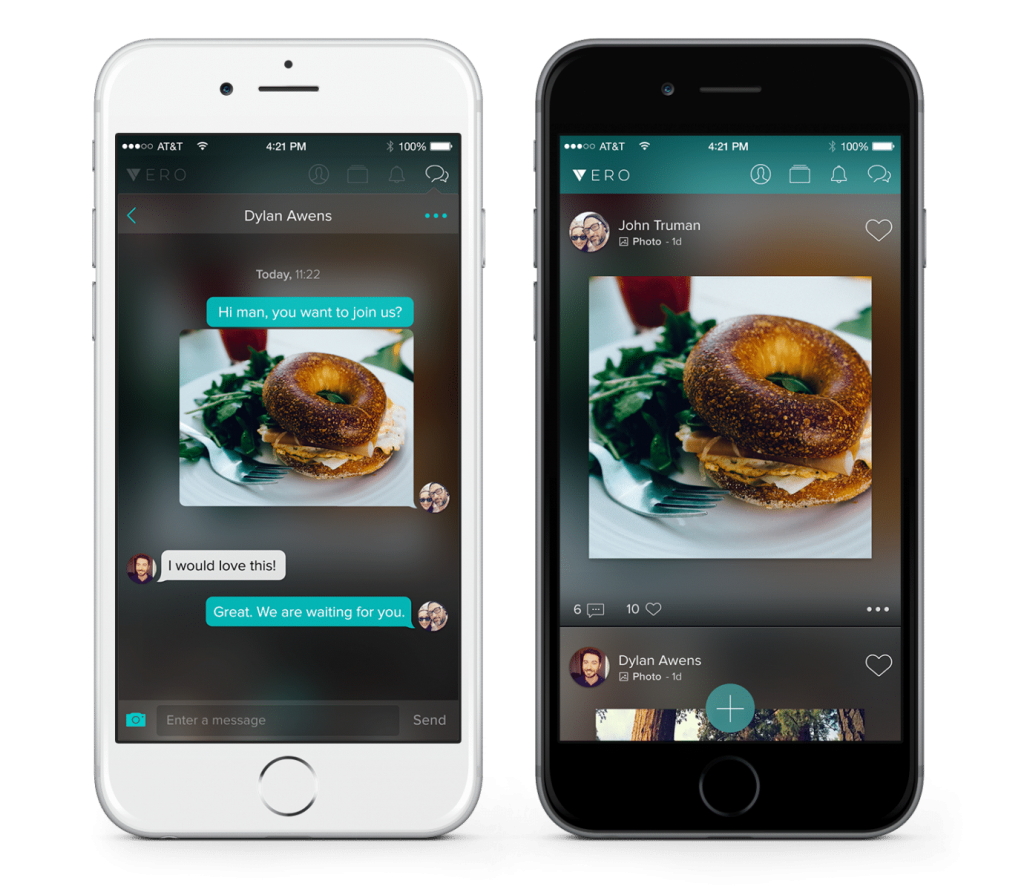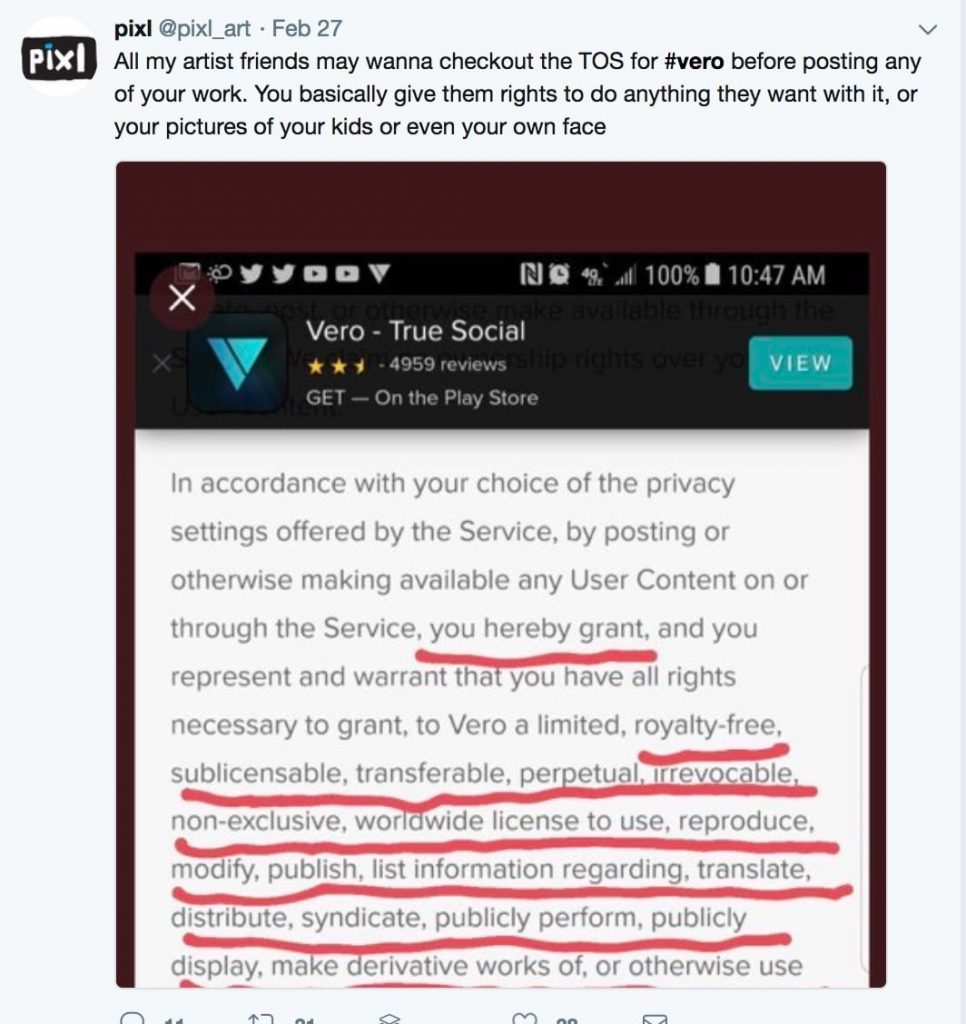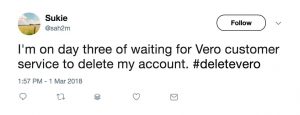By Sarah Kuiken
You’ve been writing to the same tried-and-true customer personas for years, and it’s been going great. You know your customers inside and out, and they’re responding to your marketing like gangbusters as a result.
Or at least, they were – until the global pandemic hit.
(If you have no idea what a customer persona is, you’re marketing wrong.)
The Basics of Customer Personas
The idea behind personas is simple. Don’t write generic marketing copy designed to appeal to everyone, even if “everyone” is who you’d love to buy your product. Instead, pick specific people who exemplify your target customers, and market directly to them.
To do this well, you need understand your target market on the deepest levels. Their desires, their fears, their pain points and challenges …. And, of course, how your product or service can make all of their problems go away.
All of this should be top of mind whenever you’re creating any piece of marketing or customer-facing content.
Unsurprisingly, COVID-19 has changed everything
If your sales are down post-COVID, it’s probably not a huge shock. Most businesses – especially those who sell things that are “nice to have” instead of necessary – have seen the direct impact of consumers pulling back on spending,
But don’t be too quick to blame the economy for lost sales yet. The problem could lie in your marketing.
Before you congratulate yourself for having sent out a “Our Response to COVID-19” e-mail, know this: just about every business out there has sent one of those. This includes a lot of businesses whose COVID-19 response was frankly not really a concern to their customers in the first place.
What this means to you is that consumers are pretty numb to this sort of thing. Odds are good that people took one look at the subject line and sent that e-mail straight to their trash folder.
We know. The truth hurts.
Messages that are too general, or those that lack genuine sensitivity for the shared experience of fear and grief that’s been everyone’s 2020 to date, are seen as self-serving.
People aren’t interested in that sort of thing, even from a business. Even if they understand that a business needs to make money.
Customer personas have changed their priorities and their purchasing habits in response to COVID-19. If you want your target audience to look at something you’ve written and think, “How did you get in my head?!” (and you do), you should pay attention to exactly how.
Here are 5 trends we’ve noticed in the way that different customer personas are responding to COVID-19 and other socioeconomic crises.
1. There’s a lot of fear
This is probably not earth-shattering news. You’re probably afraid yourself.
COVID-19 was devastating to large and small businesses alike, but small businesses in particular have suffered. Some estimates suggest that 35% of small businesses nationwide are in danger of closing their doors for good within the next quarter. Even if those doors are virtual.
Unemployment hit its highest rates since the Great Depression of the 1930s. A huge percentage of the population finds themselves out of work, or with a partner who is. If they’re still employed, there’s a lot of uncertainty about what the future will hold.
You cannot forget this when you communicate with your target market, particularly if they’re in a segment that’s been hardest hit.
2. Spending habits are changing
We know, this is a pretty broad statement. To know exactly how your customers’ spending habits are changing, you’ll want to look at your specific customer personas pre-COVID, and determine how they’re reacting to the recent economic downturn.
A fascinating article in EY recently broke down personas into past and projected future spending groups:
Each of the squares above represents a specific persona type, often tied to an age group.
For instance, the “Cut Deep” segment are generally over 45 years old, and saw the biggest impact on their employment status. The vast majority of people in this group have significantly reduced their shopping and have limited spending to essentials only.
This means that if you make a “nice to have” or luxury product and a group of now-unemployed parents are your target customer base, you’ll probably want to re-think some things.
3. Most don’t expect to return to “normal” any time soon
There’s a reason why you’re sick of the phrase “the new normal.” It’s here to stay – at least, for the foreseeable future.
Consumers expect their spending habits to change for a long time to come. Only 31% of consumers in the EY study said they expect their spending to return to normal in the next few months.
For everyone else, we’re seeing some new patterns. You know your customers best, or you should. Do some research on how they are responding to COVID-19, and pivot your strategy accordingly.
4. More people are buying local
As trust in bigger companies starts to erode at a quickening pace, lots of consumers are making active decisions to support local businesses. There’s a lot of emphasis being placed on local shops, restaurants, and brands.
People like to support the underdog in a crisis, and especially in a pandemic, they like knowing exactly where the sausage is made.
5. For some groups, value matters more than money
Again, this will depend on your exact customer personas, so do your research. But in general, many consumers are prioritizing the value of something above the cost.
Items are being seen as long-term investments now, particularly if they add to the experience of being at home, for parents and kids alike.
Particularly if your customer base skews slightly younger, you’ll notice a preference for high-quality, local goods that’s stronger than ever.
People might be buying less, but they’re putting more time and attention into the things they are buying.
6. Impact is increasingly important
A third of consumers say that COVID-19 has made them reconsider the things they value most, and more than a quarter are more attentive now to the impact of what they’re buying.
Who knows if this newfound sense of social duty will last. But if you can highlight any details surrounding a positive impact your business is making on the environment or your local community, do it.
How have you seen your customers change after COVID-19?
Let us know in the comments below. We love to hear about your experience!




